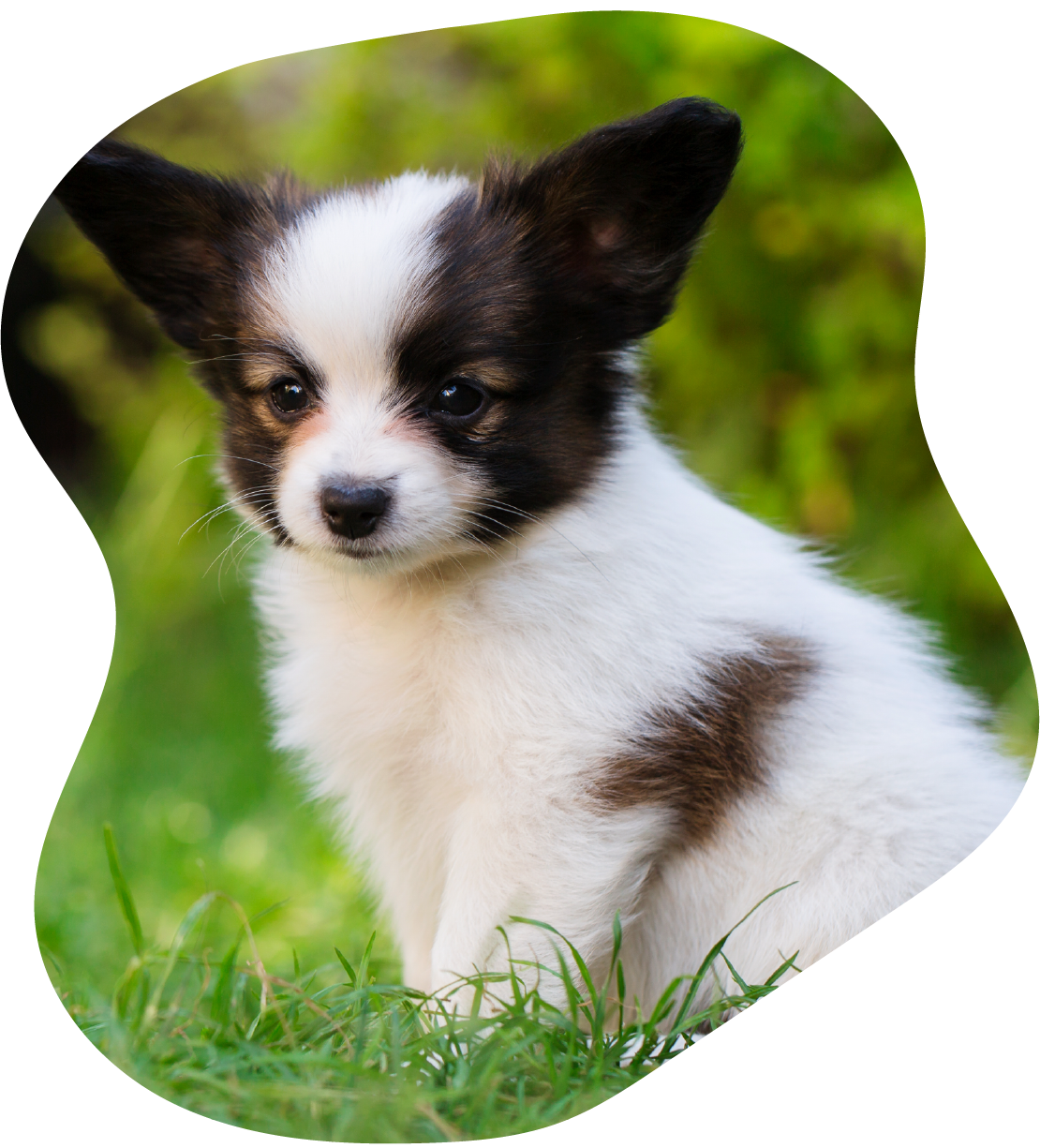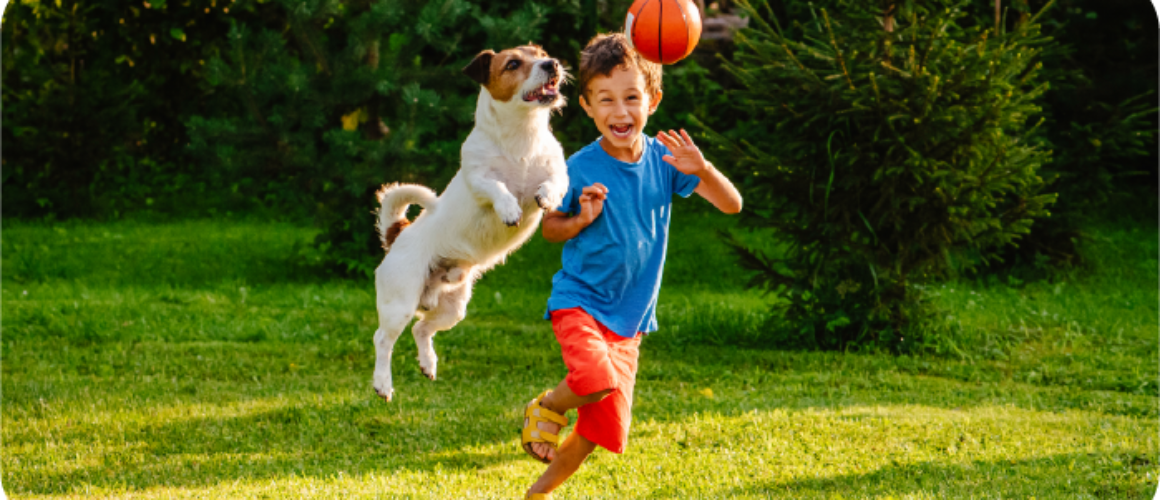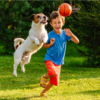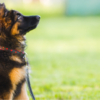Dogs and Children
Dogs and children can be great friends and having a dog can help children develop kindness

Dogs and children can be great friends and having a dog can help children develop kindness, understanding and respect for living things. Dog companionship can improve a child¿s social skills with people and caring for a pet can encourage responsibility.
Because of this many families have dogs. Children quickly understand and learn to treat the dog as part of the family but it is important that parents teach children how to stay safe around dogs, to protect both child and dog.
Our top tips to keeping kids safe and dogs happy
Watch our video of top tips from our very own Samantha Gaines, mother to a toddler, dog owner and dog welfare expert.
Dogs and children communicate differently
From a dog’s point of view, children communicate differently to adults; they cry, yell, shriek, crawl and run about flailing their arms. Dogs find it hard to understand children and even harder to tell them when they want to be left alone!
Children often treat dogs as their peers; they hug, cuddle, hold and scold them. Children express affection for their family through close facial contact e.g. kissing. While this may seem sweet, a dog may find this threatening and it can be quite dangerous.
For these reasons young children are more likely to be bitten than any other group and research shows that children are far more likely to be bitten by their family dog than any others. However, there are lots of things you can do to make sure your child is safe and your dog is happy.
Helping children and dogs to enjoy living together
We’ve teamed up with veterinarian and animal behaviourist, Dr Sophia Yin, to design a set of materials to help parents understand and recognise dog behaviour making it easier for children to stay safe and dogs happy.
Take a look at our `6 Golden Rules¿ for a quick guide on staying safe.
Understand how your dog is feeling – learn to recognise important body language signals.







